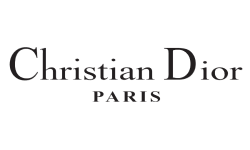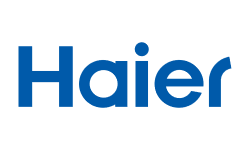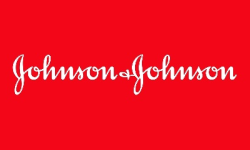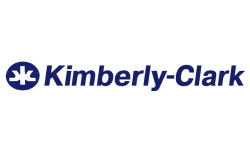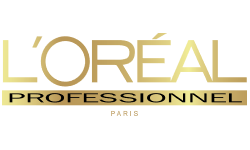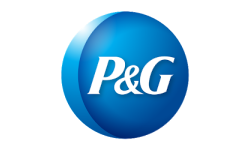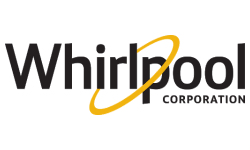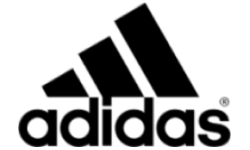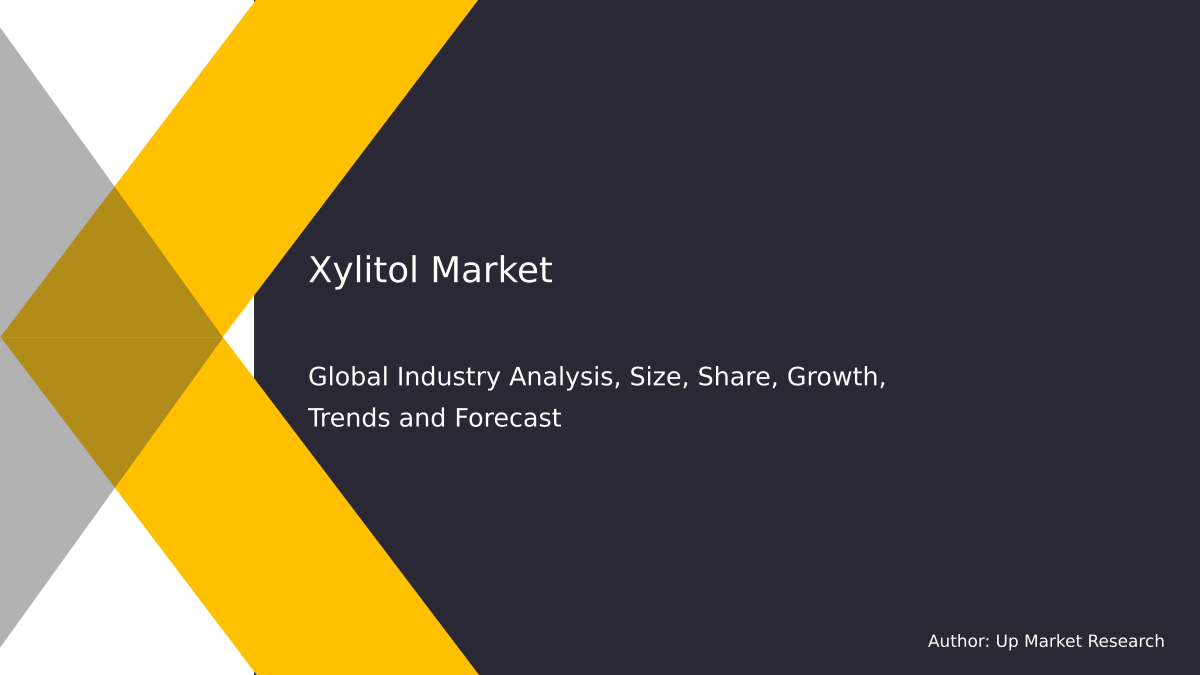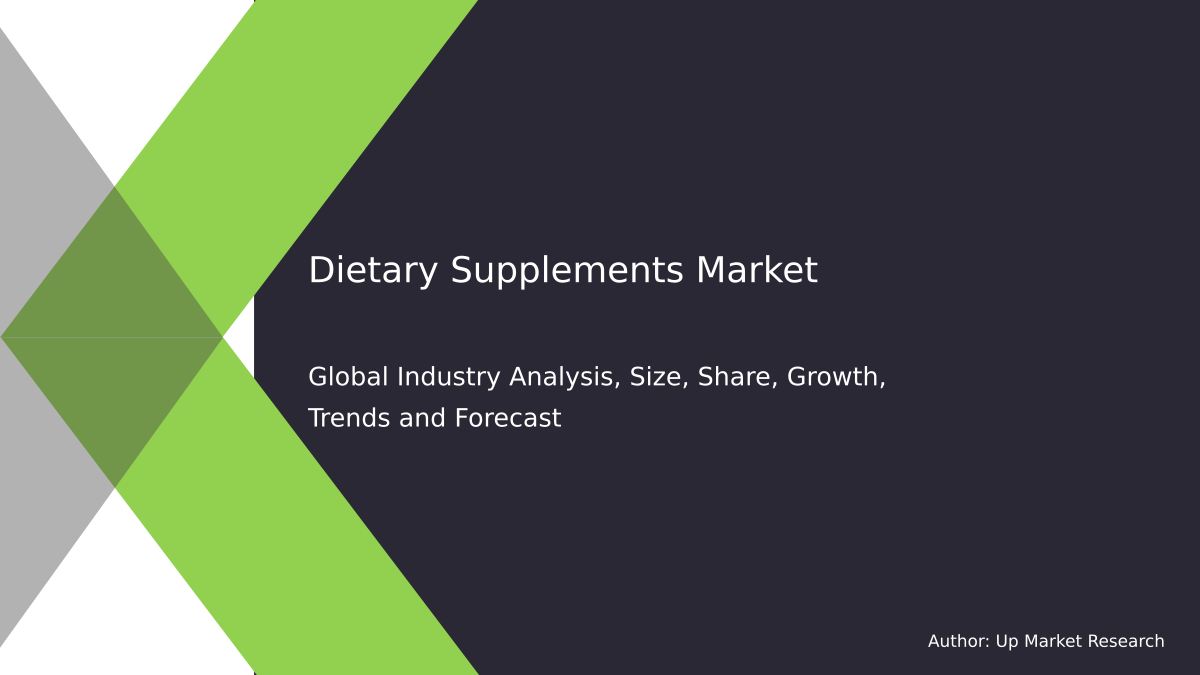
Global Lactose-Free Infant Formula Market by Product (Conventional, Organic) and Region (North America, Latin America, Europe, Asia Pacific and Middle East & Africa), Forecast To 2028
Summary of the Report
Global lactose-free infant formula sales were valued at USD 11.9 million in 2018. They are expected to grow at 10.6% CAGR between 2019 and 2025. Market growth can be attributed to a growing number of lactose-intolerant infants and a rising number of women working worldwide. The number of newborns who are unable to digest sugar is on the rise. Companies are entering this market because of the growing demand for a substitute product that can meet the nutritional needs of the population.
According to the World Health Organization (WHO), breastfeeding offers the greatest nutritional benefits for infants. Manufacturers are increasing their research and development spending to improve the nutritional content of lactose-free infant formulas. This is due to the lack of time of working mothers and lactose intolerance in infants.
Valio Oy has introduced over 100 lactose-free products in more than 50 countries. To provide customers with high quality assurance, the company spent USD 28 million in product development. According to the U.S. National Library of Medicine about 65.0% of humans are lactose intolerant. This condition is most prevalent in Finland where it affects approximately 1 in 60,000 newborns. The number is growing at a rapid pace.
This condition is also found in people who have depended on unfermented milk products for their primary food source for a long time. This condition affects approximately 5% of North European Descent. This condition is not curable. This has led to an increase in demand of lactose-free infant formula. It is expected that this will drive the market.
Product Insights
Organic formula was the dominant market, accounting for 60.4% of global revenue in 2018. Consumers prefer to purchase premium infant nutrition products at the global level, as it has been shown. Organic products are certified by government, which makes it easier for customers to buy these products. The segment is growing because of increasing consumer awareness about the harmful effects of chemically synthesized infant food.
In price-sensitive countries like Africa, Asia Pacific, and the Middle East, there is a lot of demand for traditional products. Infant formula that prevents diarrhea is cost-sensitive and can be used to treat infant diarrhea. These products are generally cheaper than organic. To meet consumer demand, companies are constantly expanding their product lines with new products. Abbott, for example, offers a soy-based lactose infant formulation with high nutritional benefits.
Distribution Channel Insights
In 2018, 45.0% of global revenues came from the milk-free infant formula market. This category is preferred by consumers because it offers a wider selection of products and the ability to scan the product details before making a purchase. Retail sales volumes have increased in hypermarkets and supermarkets due to the layout of supermarkets and the promotional campaigns by major brands. The market has seen a significant increase in organized retail. This is because it provides ample space and visibility to local brands, as well as those from other regions, to sell their products.
Online shopping is expected to grow at a fastest CAGR rate of 11.3% between 2019 and 2025. Due to the convenience of doorstep delivery, consumers are more likely to shop online for their products. The ease of product comparisons in a shorter time frame is another factor that has driven this segment. This distribution channel allows customers to compare brands and learn about their ingredients and health benefits in a shorter time, which is driving the growth of the segment.
Regional Insights
Europe held 37.5% of total market revenue in 2018, and was the dominant market. The region's key driver is the large number of lactose-intolerant people. Europe is the world's largest producer of lactose-free dairy products. The region produced over 60 million metric tonnes of lactose-free dairy products in 2018. Europe is home to the most lactose-intolerant population in the world, which encourages manufacturers to increase their product range. GIMME THE BETTER STUFF, Abbott and others are two of the major players in Europe's market.
Central and South America are expected to grow at 11.5% annually between 2019-2025. The region's market growth is being driven by rising disposable income, particularly in developing countries, as well as a growing number of lactose-intolerant newborns.
Market Share Insights & Key Companies
The market's key players include Nutricia, Valio Oy, Nestle, Nutricia, Nutria, Abbott; GIMME ALL THE GOOD STUFF, Silverson, Apta Advice, Danone, Nurture, Inc. Abbott, for example, offers a lactose-free soy-based infant formula.
Market Report Scope for Lactose-Free Infant Formula
The Report Covers Certain Segments
This report predicts revenue growth at the global, regional and country level and offers an analysis of industry trends for each sub-segment from 2015 to 2025. Grand View Research has divided the global market for lactose-free infant formulations on the basis product, distribution channel and region.
-
Product Outlook (Revenue, USD Billion, 2015 - 2025)
-
Organic
-
Conventional
-
-
Distribution Channel Outlook (Revenue USD Billion, 2015-2025)
-
Supermarkets and Hypermarkets
-
Convenience Stores
-
Online
-
-
Regional Outlook (Revenue USD Billion, 2015-2025)
-
North America
-
The U.S.
-
Canada
-
Mexico
-
-
Europe
-
Germany
-
The U.K.
-
-
Asia Pacific
-
China
-
-
Central & South America
-
Brazil
-
-
Middle East & Africa
-
These are the most frequently asked questions about this report
What is the size of the market for lactose-free infant formula?b. Global lactose-free infant formula market was valued at USD 13.1 billion in 2019, and is projected to grow to USD 14.5 billion by 2020.
What is the growth rate of the infant formula market that does not contain lactose?b. Global sales of lactose-free infant formula are expected to increase at a compound annual rate of 10.6% between 2019 and 2025, reaching USD 24.0 billion in 2025.
Which market segment had the largest share of the lactose-free infant formula market?b. Europe was the market leader in lactose-free infant formula, with a 37.7% share in 2019. This is due to Europe having the highest lactose-tolerant population. Manufacturers are driven to increase their product range.
What are the major players in the lactose-free infant formula market?b. b.
What are the main factors that drive the market for lactose-free infant formula?b. The market growth is driven by a growing number of lactose-intolerant newborns and a rising number of women working worldwide.
Up Market Research published a new report titled “Lactose-Free Infant Formula Market research report which is segmented by Product (Conventional, Organic), By Players/Companies Nestl©; Nutricia; Valio Oy; Abbott; GIMME THE GOOD STUFF; Silverson; Apta Advice; Danone; Nurture, Abbott offers lactose free soy based infant formula in the market, Inc Manufacturers are concentrating on increasing their penetration in the market by providing highly efficient products For instance”. As per the study the market is expected to grow at a CAGR of XX% in the forecast period.
| Report Attributes | Report Details |
| Report Title | Lactose-Free Infant Formula Market Research Report |
| By Product | Conventional, Organic |
| By Companies | Nestl©; Nutricia; Valio Oy; Abbott; GIMME THE GOOD STUFF; Silverson; Apta Advice; Danone; Nurture, Abbott offers lactose free soy based infant formula in the market, Inc Manufacturers are concentrating on increasing their penetration in the market by providing highly efficient products For instance |
| Regions Covered | North America, Europe, APAC, Latin America, MEA |
| Base Year | 2020 |
| Historical Year | 2018 to 2019 (Data from 2010 can be provided as per availability) |
| Forecast Year | 2028 |
| Number of Pages | 237 |
| Number of Tables & Figures | 166 |
| Customization Available | Yes, the report can be customized as per your need. |
The report covers comprehensive data on emerging trends, market drivers, growth opportunities, and restraints that can change the market dynamics of the industry. It provides an in-depth analysis of the market segments which include products, applications, and competitor analysis.

Global Lactose-Free Infant Formula Market Report Segments:
The market is segmented by Product (Conventional, Organic).
Lactose-Free Infant Formula Market research report delivers a close watch on leading competitors with strategic analysis, micro and macro market trend and scenarios, pricing analysis and a holistic overview of the market situations in the forecast period. It is a professional and a detailed report focusing on primary and secondary drivers, market share, leading segments and geographical analysis. Further, key players, major collaborations, merger & acquisitions along with trending innovation and business policies are reviewed in the report.
Key Benefits for Industry Participants & Stakeholders:
- Industry drivers, restraints, and opportunities covered in the study
- Neutral perspective on the market performance
- Recent industry trends and developments
- Competitive landscape & strategies of key players
- Potential & niche segments and regions exhibiting promising growth covered
- Historical, current, and projected market size, in terms of value
- In-depth analysis of the Lactose-Free Infant Formula Market
Overview of the regional outlook of the Lactose-Free Infant Formula Market:
Based on region, the market is segmented into North America, Europe, Asia Pacific, Latin America and Middle East & Africa (MEA). North America region is further bifurcated into countries such as U.S., and Canada. The Europe region is further categorized into U.K., France, Germany, Italy, Spain, Russia, and Rest of Europe. Asia Pacific is further segmented into China, Japan, South Korea, India, Australia, South East Asia, and Rest of Asia Pacific. Latin America region is further segmented into Brazil, Mexico, and Rest of Latin America, and the MEA region is further divided into GCC, Turkey, South Africa, and Rest of MEA.

Highlights of The Lactose-Free Infant Formula Market Report:
- The market structure and projections for the coming years.
- Drivers, restraints, opportunities, and current trends of Lactose-Free Infant Formula Market.
- Historical data and forecast.
- Estimations for the forecast period 2028.
- Developments and trends in the market.
1. Conventional
2. Organic
- Market scenario by region, sub-region, and country.
- Market share of the market players, company profiles, product specifications, SWOT analysis, and competitive landscape.
- Analysis regarding upstream raw materials, downstream demand, and current market dynamics.
- Government Policies, Macro & Micro economic factors are also included in the report.
We have studied the Lactose-Free Infant Formula Market in 360 degrees via. both primary & secondary research methodologies. This helped us in building an understanding of the current market dynamics, supply-demand gap, pricing trends, product preferences, consumer patterns & so on. The findings were further validated through primary research with industry experts & opinion leaders across countries. The data is further compiled & validated through various market estimation & data validation methodologies. Further, we also have our in-house data forecasting model to predict market growth up to 2028.
How you may use our products:
- Correctly Positioning New Products
- Market Entry Strategies
- Business Expansion Strategies
- Consumer Insights
- Understanding Competition Scenario
- Product & Brand Management
- Channel & Customer Management
- Identifying Appropriate Advertising Appeals

Reasons to Purchase the Lactose-Free Infant Formula Market Report:
- The report includes a plethora of information such as market dynamics scenario and opportunities during the forecast period
- Segments and sub-segments include quantitative, qualitative, value (USD Million,) and volume (Units Million) data.
- Regional, sub-regional, and country level data includes the demand and supply forces along with their influence on the market.
- The competitive landscape comprises share of key players, new developments, and strategies in the last three years.
- Comprehensive companies offering products, relevant financial information, recent developments, SWOT analysis, and strategies by these players.
Chapter 2 Assumptions and Acronyms Used
Chapter 3 Research Methodology
Chapter 4 Lactose-Free Infant Formula Market Overview
4.1 Introduction
4.1.1 Market Taxonomy
4.1.2 Market Definition
4.1.3 Macro-Economic Factors Impacting the Market Growth
4.2 Lactose-Free Infant Formula Market Dynamics
4.2.1 Market Drivers
4.2.2 Market Restraints
4.2.3 Market Opportunity
4.3 Lactose-Free Infant Formula Market - Supply Chain Analysis
4.3.1 List of Key Suppliers
4.3.2 List of Key Distributors
4.3.3 List of Key Consumers
4.4 Key Forces Shaping the Lactose-Free Infant Formula Market
4.4.1 Bargaining Power of Suppliers
4.4.2 Bargaining Power of Buyers
4.4.3 Threat of Substitution
4.4.4 Threat of New Entrants
4.4.5 Competitive Rivalry
4.5 Global Lactose-Free Infant Formula Market Size & Forecast, 2018-2028
4.5.1 Lactose-Free Infant Formula Market Size and Y-o-Y Growth
4.5.2 Lactose-Free Infant Formula Market Absolute $ Opportunity
Chapter 5 Global Lactose-Free Infant Formula Market Analysis and Forecast by Product
5.1 Introduction
5.1.1 Key Market Trends & Growth Opportunities by Product
5.1.2 Basis Point Share (BPS) Analysis by Product
5.1.3 Absolute $ Opportunity Assessment by Product
5.2 Lactose-Free Infant Formula Market Size Forecast by Product
5.2.1 Conventional
5.2.2 Organic
5.3 Market Attractiveness Analysis by Product
Chapter 6 Global Lactose-Free Infant Formula Market Analysis and Forecast by Region
6.1 Introduction
6.1.1 Key Market Trends & Growth Opportunities by Region
6.1.2 Basis Point Share (BPS) Analysis by Region
6.1.3 Absolute $ Opportunity Assessment by Region
6.2 Lactose-Free Infant Formula Market Size Forecast by Region
6.2.1 North America
6.2.2 Europe
6.2.3 Asia Pacific
6.2.4 Latin America
6.2.5 Middle East & Africa (MEA)
6.3 Market Attractiveness Analysis by Region
Chapter 7 Coronavirus Disease (COVID-19) Impact
7.1 Introduction
7.2 Current & Future Impact Analysis
7.3 Economic Impact Analysis
7.4 Government Policies
7.5 Investment Scenario
Chapter 8 North America Lactose-Free Infant Formula Analysis and Forecast
8.1 Introduction
8.2 North America Lactose-Free Infant Formula Market Size Forecast by Country
8.2.1 U.S.
8.2.2 Canada
8.3 Basis Point Share (BPS) Analysis by Country
8.4 Absolute $ Opportunity Assessment by Country
8.5 Market Attractiveness Analysis by Country
8.6 North America Lactose-Free Infant Formula Market Size Forecast by Product
8.6.1 Conventional
8.6.2 Organic
8.7 Basis Point Share (BPS) Analysis by Product
8.8 Absolute $ Opportunity Assessment by Product
8.9 Market Attractiveness Analysis by Product
Chapter 9 Europe Lactose-Free Infant Formula Analysis and Forecast
9.1 Introduction
9.2 Europe Lactose-Free Infant Formula Market Size Forecast by Country
9.2.1 Germany
9.2.2 France
9.2.3 Italy
9.2.4 U.K.
9.2.5 Spain
9.2.6 Russia
9.2.7 Rest of Europe
9.3 Basis Point Share (BPS) Analysis by Country
9.4 Absolute $ Opportunity Assessment by Country
9.5 Market Attractiveness Analysis by Country
9.6 Europe Lactose-Free Infant Formula Market Size Forecast by Product
9.6.1 Conventional
9.6.2 Organic
9.7 Basis Point Share (BPS) Analysis by Product
9.8 Absolute $ Opportunity Assessment by Product
9.9 Market Attractiveness Analysis by Product
Chapter 10 Asia Pacific Lactose-Free Infant Formula Analysis and Forecast
10.1 Introduction
10.2 Asia Pacific Lactose-Free Infant Formula Market Size Forecast by Country
10.2.1 China
10.2.2 Japan
10.2.3 South Korea
10.2.4 India
10.2.5 Australia
10.2.6 South East Asia (SEA)
10.2.7 Rest of Asia Pacific (APAC)
10.3 Basis Point Share (BPS) Analysis by Country
10.4 Absolute $ Opportunity Assessment by Country
10.5 Market Attractiveness Analysis by Country
10.6 Asia Pacific Lactose-Free Infant Formula Market Size Forecast by Product
10.6.1 Conventional
10.6.2 Organic
10.7 Basis Point Share (BPS) Analysis by Product
10.8 Absolute $ Opportunity Assessment by Product
10.9 Market Attractiveness Analysis by Product
Chapter 11 Latin America Lactose-Free Infant Formula Analysis and Forecast
11.1 Introduction
11.2 Latin America Lactose-Free Infant Formula Market Size Forecast by Country
11.2.1 Brazil
11.2.2 Mexico
11.2.3 Rest of Latin America (LATAM)
11.3 Basis Point Share (BPS) Analysis by Country
11.4 Absolute $ Opportunity Assessment by Country
11.5 Market Attractiveness Analysis by Country
11.6 Latin America Lactose-Free Infant Formula Market Size Forecast by Product
11.6.1 Conventional
11.6.2 Organic
11.7 Basis Point Share (BPS) Analysis by Product
11.8 Absolute $ Opportunity Assessment by Product
11.9 Market Attractiveness Analysis by Product
Chapter 12 Middle East & Africa (MEA) Lactose-Free Infant Formula Analysis and Forecast
12.1 Introduction
12.2 Middle East & Africa (MEA) Lactose-Free Infant Formula Market Size Forecast by Country
12.2.1 Saudi Arabia
12.2.2 South Africa
12.2.3 UAE
12.2.4 Rest of Middle East & Africa (MEA)
12.3 Basis Point Share (BPS) Analysis by Country
12.4 Absolute $ Opportunity Assessment by Country
12.5 Market Attractiveness Analysis by Country
12.6 Middle East & Africa (MEA) Lactose-Free Infant Formula Market Size Forecast by Product
12.6.1 Conventional
12.6.2 Organic
12.7 Basis Point Share (BPS) Analysis by Product
12.8 Absolute $ Opportunity Assessment by Product
12.9 Market Attractiveness Analysis by Product
Chapter 13 Competition Landscape
13.1 Lactose-Free Infant Formula Market: Competitive Dashboard
13.2 Global Lactose-Free Infant Formula Market: Market Share Analysis, 2019
13.3 Company Profiles (Details – Overview, Financials, Developments, Strategy)
13.3.1 Nestl©; Nutricia; Valio Oy; Abbott; GIMME THE GOOD STUFF; Silverson; Apta Advice; Danone; Nurture
13.3.2 Abbott offers lactose free soy based infant formula in the market
13.3.3 Inc Manufacturers are concentrating on increasing their penetration in the market by providing highly efficient products For instance
The global Lactose-Free Infant Formula market has been segmented based on
By Product
- Conventional
- Organic
- Asia Pacific
- North America
- Latin America
- Europe
- Middle East & Africa
- Nestl©; Nutricia; Valio Oy; Abbott; GIMME THE GOOD STUFF; Silverson; Apta Advice; Danone; Nurture
- Abbott offers lactose free soy based infant formula in the market
- Inc Manufacturers are concentrating on increasing their penetration in the market by providing highly efficient products For instance
Related Reports
Some other reports from this category!

